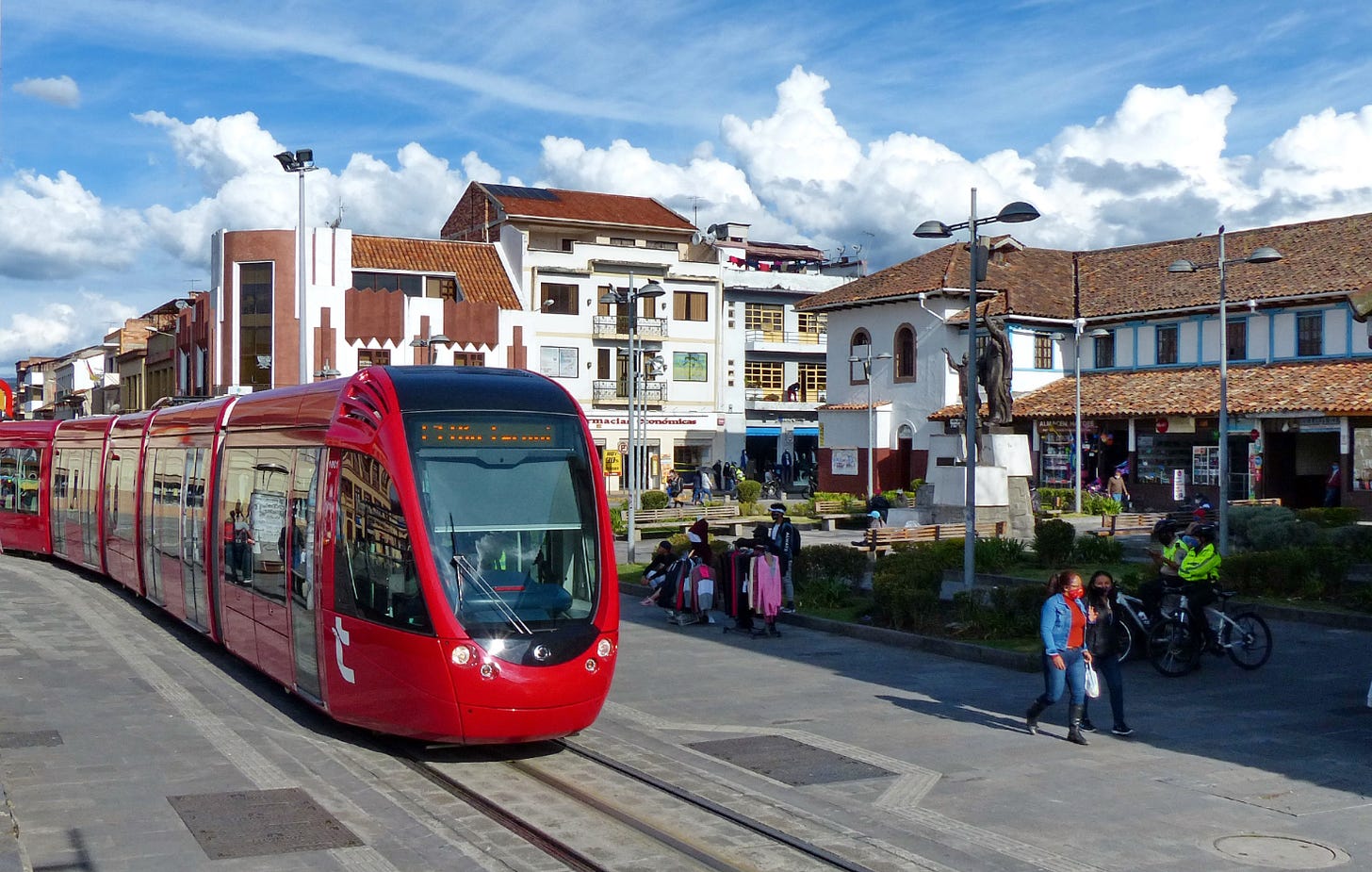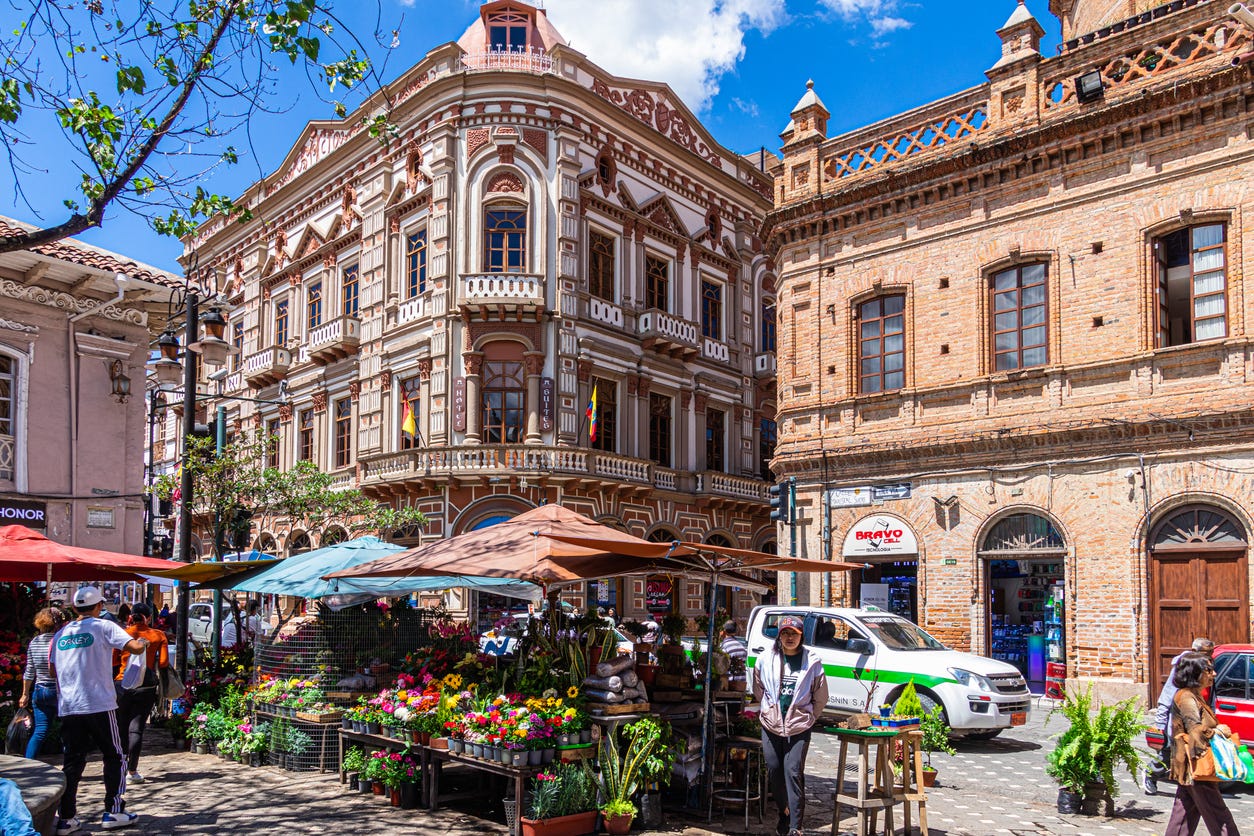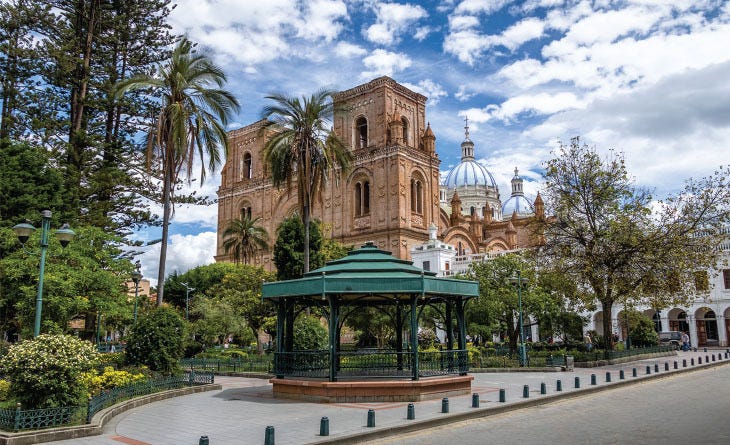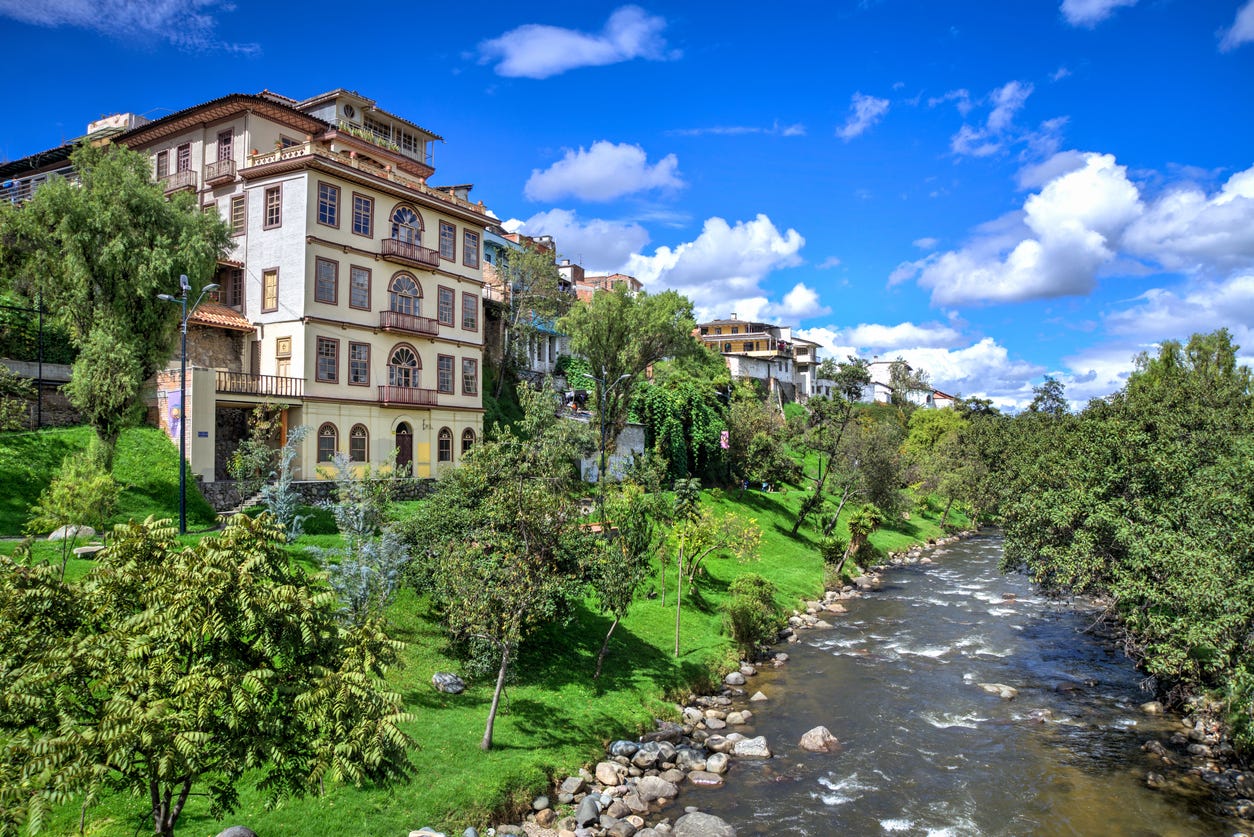I Moved to Ecuador and It Saved My Life
How a burned-out American found health, happiness, and hope in the Andes.
My day would start at 8 a.m. I’d rush off to my job, work through lunch, get off at 7 p.m., drive through Taco Bell and because I was so hungry, I’d stuff down tacos as I drove. I’d get home and pop open a bottle of wine, watch reality TV to unwind, then take an Ambien and pass out. And I’d get up the next day and do it all again. This was my life when I lived in the U.S. Frankly, I was on the express lane to death.
I was working long hours at a job I didn’t like. The only reason I stayed was because I got healthcare. But ironically, working for the healthcare was killing me.
Then one day I woke up and decided I wanted to live again. I wanted to have fun. So, I got on the internet and spotted an article from International Living about Ecuador, which called it the number one retirement destination in the world. And I thought, why not? What did I have to lose? I started planning my escape, and two months later, I packed up four suitcases and five dogs and moved to Cuenca, Ecuador.
Now, when I sit on my front porch, I see the Cuenca skyline…and the striking Cathedral of the Immaculate Conception, with its three baby-blue mosaic domes that resemble something you might see in Italy, built during the Renaissance era. I have to pinch myself to make sure I’m not dreaming. Out the back window of my house, I see the Yanuncay River, one of four rivers that come cascading out of the Andes Mountains into my town. When I see these sights, I sigh in relief—almost in disbelief—that I have landed so firmly on my feet.
In Ecuador, my U.S. Social Security check alone gives me enough monthly income to make me upper-middle class by Ecuadorian standards. And while money isn’t everything, having enough money to live on makes a huge difference to my quality of life.
In the years since moving to Ecuador, my life has drastically changed, as has Ecuador. But all for the better…and this city, which was already my lifesaver, has become even better over the years.
My health has improved dramatically. I’ve lost 20 pounds from just walking around town, and because there are tiendas (little stores) lining the streets, I can buy fresh organic fruit and vegetables and have time to cook healthy meals.
My Spanish sucked when I first came to Ecuador. Honestly, it still does. But with lessons, I can speak rudimentary Spanish, and because English is now required in school, a lot more English is spoken in Ecuador. So, it’s easy to grab a teenager or anyone under than 30 off the street to help translate, because they are more likely to know English. Smartphone apps are used more now, too. So when in doubt, I can access Google Translate, or an app that I can speak into, and it’ll spit out what I want to say in Spanish to waiting vendors. While it’s good to have a few words of the language, not speaking Spanish here isn’t the obstacle it used to be.
When I first moved to Ecuador, there were just a few international restaurants: a Pizza Hut, KFC, and Subway restaurant. If you walked around El Centro, the colorful town square centered around Parque Calderon and the Cathedral of the Immaculate Conception, back then, you’d find restaurants. But they mostly served the typical Ecuadorian lunch: popcorn, rice, beans, a chicken leg, small salad, topped off with jello or a small piece of cake you downed with a fresh glass of mango, strawberry or blackberry juice. Tasty and cheap…but not so great if you’re on a low-carb diet. But now, Parque Calderon is filled with fine-dining restaurants; Italian, French, Mexican, Thai, and seafood restaurants, some housed in the renovated historic haciendas, and others with outdoor seating where you can sit under large umbrellas and enjoy people watching. But you can still get your typical Ecuadorian lunch for around $3.
In the States, I was on the express lane to death.
When I first arrived in Cuenca, there were very few mega-grocery stores, especially ones that stocked expat favorites (for when you literally wanted a taste of home). For example, when Jiffy peanut butter was stocked in a market, word would spread fast, and there’d be a rush to grab it off the shelf. Common spices like chili powder, poultry seasoning, and even baking soda were non-existent. Because the meats are farmed-raised and not fat, a steak would have to be marinated for a decade to be edible. Now supermarkets like Supermaxi have popped up (it’s the equivalent to high-end grocery stores like Publix or Whole Foods at home). My favorite American food imports now line the shelves. There are also megastores resembling Walmart or Target, where I can buy household goods as well as groceries.

Public transportation continues to be one of my favorite things in Cuenca. I can hop in a taxi and the maximum I’ll pay to get most places in town is $3.50. Public buses are 35 cents, and I love mixing with Ecuadorians who frequently travel with large baskets of vegetables and fresh chicken eggs on the bus. The newest addition to public transport here is the bright red tramcar, which runs from suburbs into El Centro for 35 cents. If I want to travel to nearby cities, I can hop a bus for around $1.50. It’s like I’m in the movie Driving Miss Daisy; I love being driven around by someone else and not having to worry about a flat tire or where to park.
When I first arrived, the internet was in its infancy, no 5G, no fiber-optic cable, and internet carriers offered so little broadband that trying to do a video call usually ended up being screens with frozen faces, leaving you guessing what was happening in the conversation. Back then, there were very few options for getting international television shows. Now, internet choices are abundant. I have 100GB broadband fiber-optic internet, which is reliable. I can download my favorite apps like Netflix, Amazon Prime, and Hulu, as well as a plethora of free TV options from Pluto TV and international streaming services, which have all the cable options from CNN, CBS, NBC, and ABC to the Lifetime Channel. I have more television options than I had in the U.S.…without needing a costly cable service. And 5G is now common in hot spots all around Cuenca, so I can always access important things like Google Maps to find where the heck am I, and get directions to my destination.
Ecuadorian culture is tranquillo and very family-oriented. Once I went to pick up curtains I needed to block out the sun which poured through my bedroom window at 6:30 each morning. I wasn’t surprised when there was a sign stuck to the door which read: "At my son’s soccer game." It’s still a family-first culture. When I walk down the street and see friends, they give big hugs and cheek kisses and stop to talk for what could be up to an hour. Time isn’t rushed here, and kindness prevails.
Post-pandemic in Ecuador, I once again can have lunch with my expat friends. I can once again take buses through the incredible mountains to nearby towns and I can rejoin my hiking club and walk in pastures through indigenous villages. I can play pickleball, or take long walks with my dog, Greta, along the riverside.
I miss my family in Florida, but because living in Ecuador is so cheap, I have enough disposable income to travel. So, I visit my sisters, nephews, and friends about three times a year. I realize now I can live in two cultures. My home in Florida, which has my deepest connections and still keeps our family traditions alive. Then I travel back to my Spanish colonial hacienda in Ecuador where I live with my pets and have a slew of friends who serve as my second family.

I’ve carved out a life in Ecuador where I have proven I can live an upper-middle-class lifestyle, complete with a maid and gardener, with money left over each month. I couldn’t have done this if I’d stayed in the U.S. I would probably still be working long hours, drinking wine to relax after work, and eating junk food.
When I moved here, I decided I wanted to spend the rest of my life still trying out new things, bumming around the world, learning new languages…doing more than grabbing the remote and taking Ambien to fall asleep and doing a repeat of the same stressful day over and over. Now I wake up and know life is ahead of me instead of behind me.
— Donna Stiteler gave up her high-stress job in 2014 and moved to Cuenca, Ecuador.
Curious how moving abroad can improve not just your lifestyle, but your health, too?
You’re not alone. Many expats find that life overseas comes with surprising wellness benefits…and major healthcare savings.
👉 Here’s how expats are saving a fortune on healthcare overseas.




